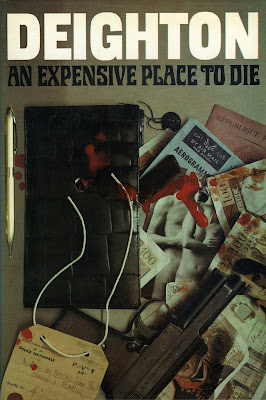
Blimey there's so much to worry about isn't there? Getting skewered on the way to the pub (or more likely coming back), getting so incredibly obese we'll all explode like Mr.Creosote, fat cat bank bosses running off through the overheated traffic with all our money. Well, help is at hand in the soothing- well, most of the time- words of Simon Briscoe and Hugh Aldersey-Williams (you have to trust someone with a name like that) in their Panicology, just out in paperback. And so I don't have to panic about a neat quote, The Observer puts it very well - 'Gloriously deft in their rebuttal of some of the more egregious cases of media-fuelled herd idiocy'. That's the thing isn't it? We only ever hear or read of all these terrible things that are going to happen to us by tuning in to the wireless or, God forbid, picking up the Independent someone's left in a Little Chef. I don't go out into my back garden on a hot summer's day and think 'I wonder if the ice caps are melting today, those poor polar bears', (or penguins, arctic foxes, Michael Palins), and I certainly didn't when I stepped out into six feet of snow. Briscoe and Aldersley-Williams are the much-needed voices of reason. Not that we don't need to worry a little bit. Earlier this month I ended-up in the cottage hospital having stitches put into my hand from a broken glass, and only this morning a screen flew at me from the cooker ventilator thingy and sent my bacon spinning to a secret place I've yet to find. Both accidents were in my kitchen. Didn't tell me not to worry about that did you Simon, Hugh. Eh?


















